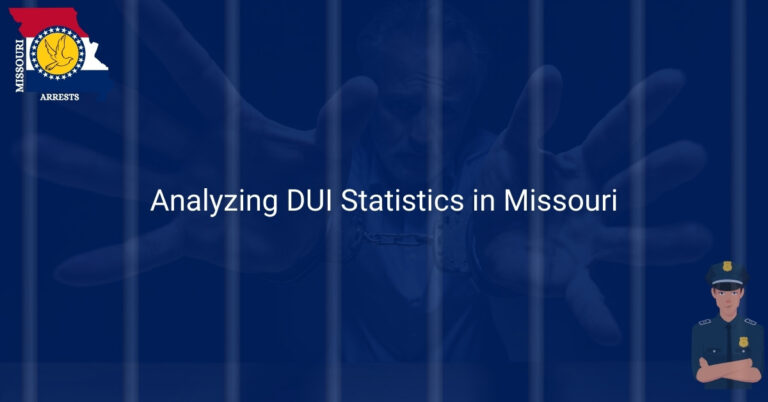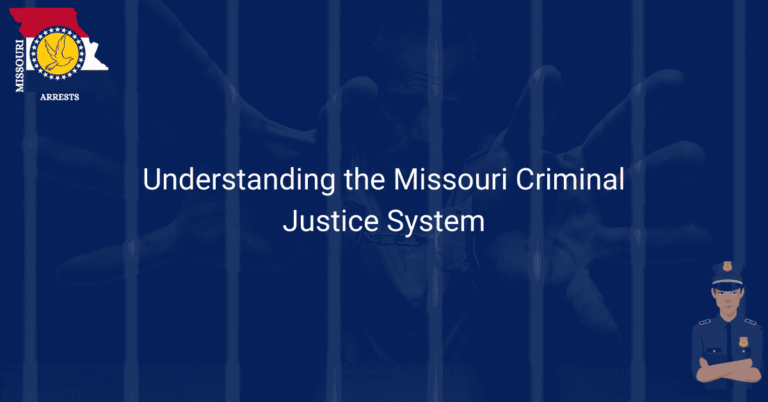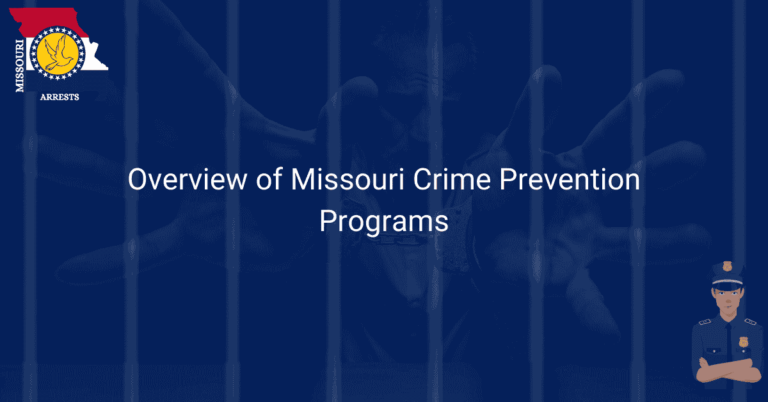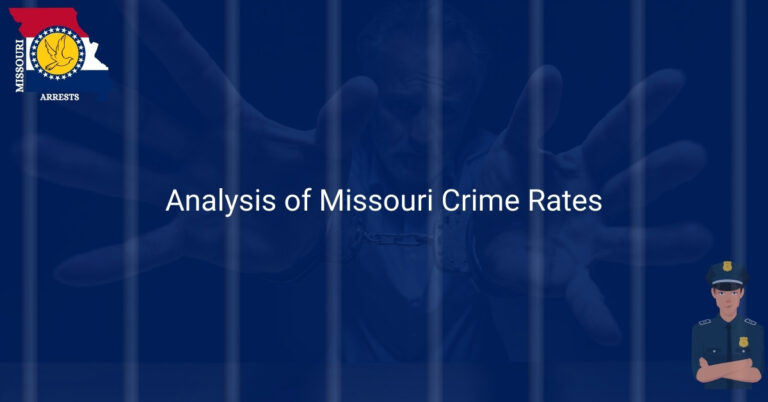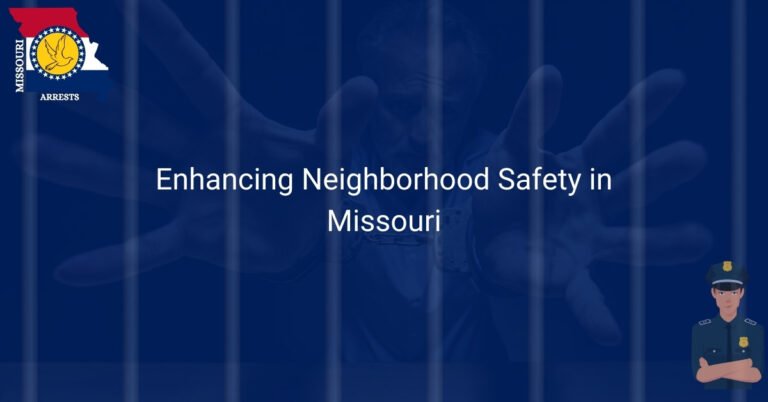Exploring Crime Trends in Missouri
Crime trends in Missouri reveal a complex landscape of criminal activities across the state. From urban areas to rural communities, the patterns of crime vary significantly, impacting the safety and well-being of residents. Understanding these trends is crucial for policymakers, law enforcement agencies, and the general public to address the root causes and develop effective strategies for crime prevention.
Analyzing the data on crime rates, types of offenses, and demographic factors can provide valuable insights into the dynamics of criminal behavior in Missouri. By delving into these statistics, we can identify hotspots, trends over time, and potential correlations that shed light on the underlying factors driving criminal activities. Stay tuned as we delve deeper into the intricacies of crime trends in Missouri to foster a safer and more informed community.
Understanding Crime Trends
Crime trends in Missouri have been a topic of concern for both residents and law enforcement agencies. Understanding the patterns of criminal activities is crucial for developing effective strategies to ensure the safety and well-being of the community. This article will delve into the various aspects of crime trends in Missouri, analyzing data, identifying hotspots, and gaining insights into criminal behavior.
Overview of Crime Trends in Missouri
Missouri, like many other states, experiences a range of criminal activities that impact communities on various levels. From property crimes like theft and vandalism to violent crimes such as assault and robbery, the state faces diverse challenges in maintaining law and order. By examining these trends, we can better understand the root causes and work towards solutions.
Different Types of Criminal Activities
Crime in Missouri encompasses a wide spectrum, including property crimes, violent crimes, drug-related offenses, and white-collar crimes. Each type of criminal activity presents unique challenges and requires targeted approaches for prevention and intervention. By categorizing and analyzing these crimes, we can identify patterns and trends that inform law enforcement strategies.
Impact on Safety and Well-being
The prevalence of crime in Missouri not only affects individuals directly involved but also has broader implications for community safety and well-being. High crime rates can lead to fear, distrust, and social unrest, creating a ripple effect that impacts the overall quality of life for residents. Understanding the impact of crime is essential for implementing effective measures to address these issues.
Analyzing Data on Crime Rates
Examining data on crime rates is a crucial step in understanding the dynamics of criminal activities in Missouri. By identifying hotspots where crimes are concentrated, law enforcement agencies can allocate resources more efficiently and target specific areas for intervention. Analyzing trends over time also helps in predicting future patterns and devising proactive strategies.
Identifying Hotspots and Trends
Hotspots refer to areas with disproportionately high levels of criminal activities compared to surrounding areas. By mapping out these hotspots, law enforcement can focus efforts on reducing crime in these targeted locations. Trends in crime rates provide valuable insights into shifts in criminal behavior, helping authorities stay ahead of emerging threats.
Correlations with Demographic Factors
Crime rates often exhibit correlations with demographic factors such as age, gender, income levels, and education. By analyzing these relationships, researchers can gain a deeper understanding of the underlying causes of criminal behavior. This knowledge is instrumental in developing tailored interventions that address the specific needs of at-risk populations.
Insights into Criminal Behavior
Gaining insights into criminal behavior is crucial for devising effective crime prevention strategies that target root causes. By understanding the motivations, triggers, and patterns of criminal activities, law enforcement agencies can adopt proactive measures to deter offenders and protect communities. This section explores the dynamics of criminal behavior and highlights key insights for intervention.
Understanding Dynamics of Criminal Activities
Criminal activities are influenced by a complex interplay of social, economic, and psychological factors. By delving into the dynamics of criminal behavior, researchers can uncover underlying drivers that contribute to criminal acts. Understanding these dynamics is essential for developing holistic approaches that address the multifaceted nature of crime.
Developing Effective Crime Prevention Strategies
Preventing crime requires a multifaceted approach that combines enforcement, education, community engagement, and social services. By developing effective crime prevention strategies based on insights into criminal behavior, law enforcement agencies can proactively address risk factors and mitigate threats to public safety. This section explores innovative approaches to preventing crime and fostering a safer environment for all residents.
Frequently Asked Questions
Our Frequently Asked Questions section aims to provide detailed information about Exploring Crime Trends in Missouri to enhance your understanding.
What are the current crime trends in Missouri?
Crime trends in Missouri vary depending on the area and type of crime. Overall, there has been a decrease in violent crimes in recent years, but property crimes remain a concern in certain regions. Understanding these trends can help individuals and communities take necessary precautions to stay safe.
How does Missouri compare to other states in terms of crime rates?
When compared to other states, Missouri’s crime rates fall somewhere in the middle. While some areas have higher crime rates than the national average, others boast lower rates. Factors such as population density, economic conditions, and law enforcement strategies all play a role in shaping these statistics.
What initiatives are in place to address crime in Missouri?
There are various initiatives in place to address crime in Missouri, including community policing programs, crime prevention strategies, and rehabilitation efforts for offenders. By promoting collaboration between law enforcement agencies, government entities, and community organizations, these initiatives aim to create safer environments for all residents.
How can individuals contribute to reducing crime in Missouri?
Individuals can contribute to reducing crime in Missouri by staying informed about local crime trends, reporting suspicious activities to law enforcement, and actively participating in community safety programs. By being vigilant and proactive, residents can play a vital role in preventing and addressing criminal activities.
What resources are available for victims of crime in Missouri?
Victims of crime in Missouri have access to a range of resources, including victim advocacy services, legal assistance, and counseling programs. These resources aim to support victims through the criminal justice process, help them navigate their rights, and provide emotional and practical assistance during challenging times.
How can I stay updated on crime trends and safety tips in Missouri?
To stay updated on crime trends and safety tips in Missouri, you can follow local law enforcement agencies on social media, sign up for community alerts, and attend neighborhood watch meetings. Additionally, websites and publications dedicated to crime prevention offer valuable insights and resources to help you stay informed and safe.



